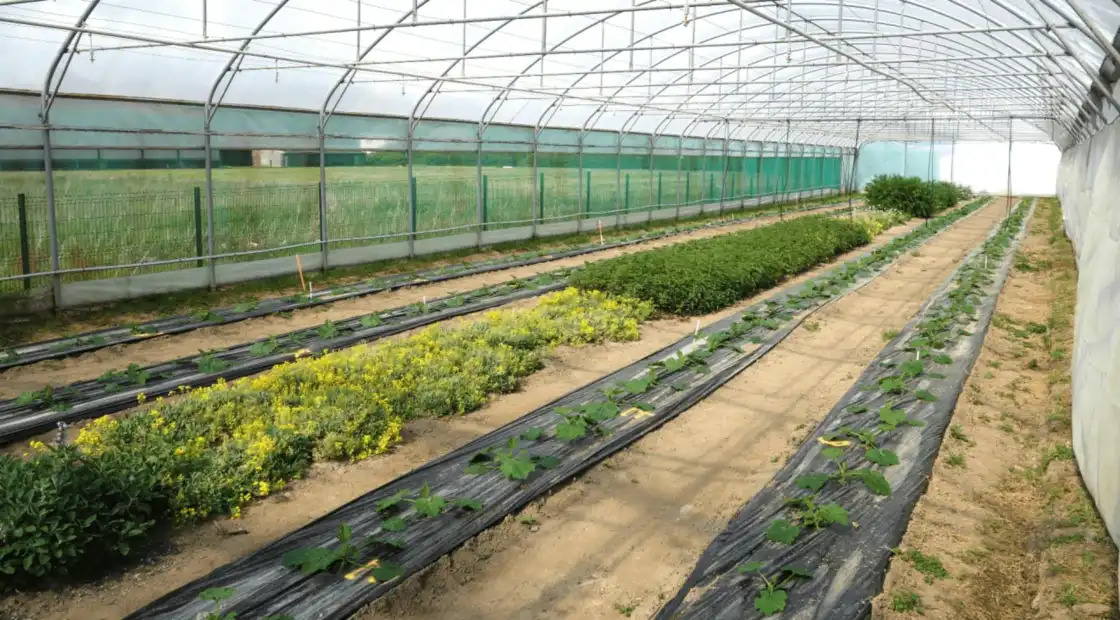Biological control of aphids: innovative strategies and solutions

Service plants as an aphid control tool
This talk, presented by CTIFL at SIVAL 2025, highlighted the ability of service plants to naturally regulate aphid populations in vegetable crops. These pests represent a significant threat due to their impact on plant growth and their role in transmitting viral diseases.
Different categories of service plants were discussed. Relay plants enable parasitoids to be bred for rapid introduction into crops. Conservation biocontrol, on the other hand, relies on the use of polliniferous and nectar-producing plants to feed beneficials, as well as on banker plants to host substitute prey. Finally, the combined strategies of repellent plants and trap plants enable effective regulation by repelling aphids and concentrating their presence on alternative crops for better elimination.
Eggplant experiments and lessons learned
Research carried out at CTIFL has tested a conservation biological control strategy applied to eggplant cultivation. The use of banker plants such as nettle and tansy provided a home for specific aphids and attracted natural predators such as ladybugs and parasitoids.
The results showed a significant reduction in aphid infestation in managed crops compared with untreated controls. In addition, nitrogen fertilization was found to have a direct influence on infestation levels. Increasing nitrogen units favored aphid proliferation, but the presence of service plants dissociated this relationship, allowing fertilization to be optimized without negative effects on the crop.
Limitations and challenges of regulation strategies
One of the most important points discussed during the workshop was how to avoid mistakes. The choice of service plants must be meticulous to avoid introducing plant species that encourage undesirable aphids. For example, buckwheat and marigold attract macrocyphoma euphorbiae, an aphid harmful to eggplant crops.
A precise balance must be maintained in the sequence of ecological processes. Installing banker plants too early or too late can compromise the effectiveness of biological regulation. The use of repellent plants also represents a challenge, as certain aromatic species can have a double effect by attracting other pests.
Speaker:
Sébastien PICAULT Research and experimentation engineer Speakers - CTIFL